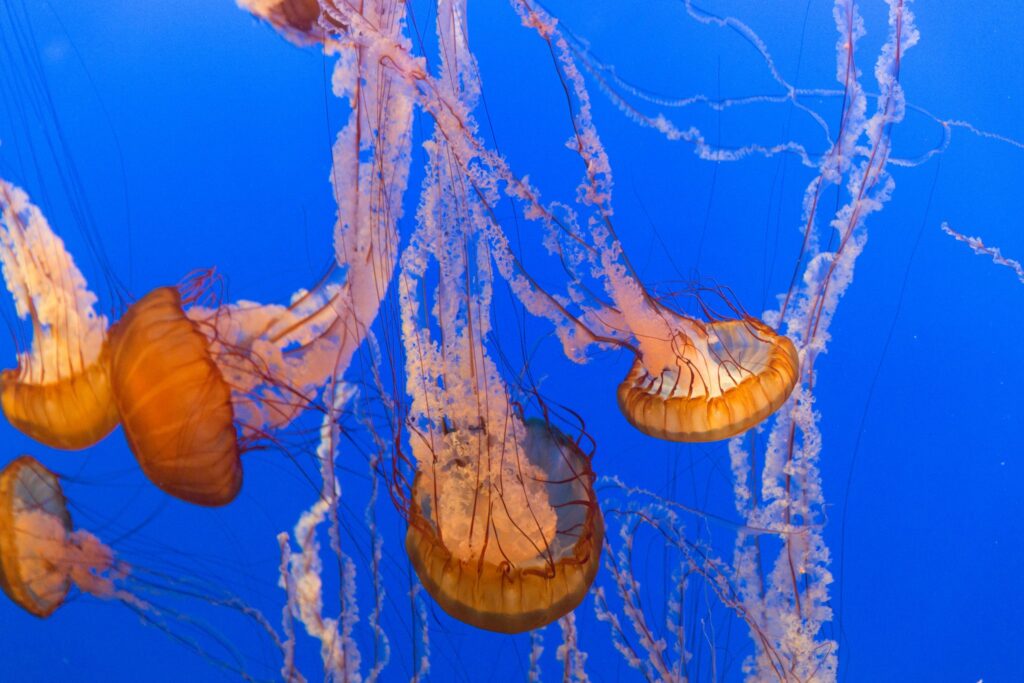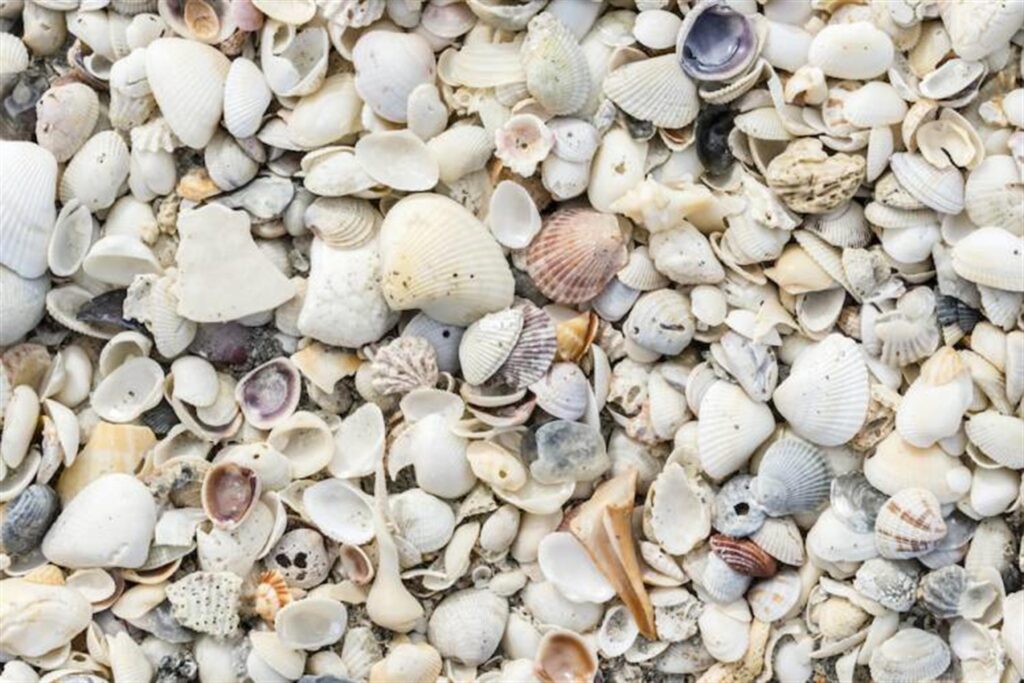Understanding Sea Lice and Blue Crab Megalops: The Tiny Culprits Behind Your Beach Itch

As summer sun beckons beachgoers to the stunning shores of the Gulf Coast of Alabama, the joy of sand, surf, and sun can sometimes be marred by an unexpected nuisance: tiny bug bites. Some locals and visitors have been complaining about itchy skin, leading to concerns that these pesky critters might be sea lice or blue crab megalops. In this blog post, we’ll explore these creatures in detail, delve into the life cycle of blue crabs, and discuss what you can do to avoid their bites.
What Are Sea Lice?
Despite the name, sea lice are not actually lice at all. This term typically refers to the larvae of jellyfish or other marine organisms, with the thimble jellyfish (*Linuche unguiculata*) being a common culprit in Gulf Coast waters. These tiny, nearly invisible creatures can be found in warm coastal waters and can cause mild irritation when they come into contact with skin.
What Causes Sea Lice Outbreaks?
Sea lice outbreaks often occur during the warmer months when conditions are optimal for jellyfish reproduction. These larvae are carried by ocean currents, which can lead to increased encounters with beachgoers. Factors like water temperature, salinity, and currents all influence the presence of sea lice.
The Life Cycle of Blue Crabs
The blue crab (*Callinectes sapidus*) is a prominent species along the Gulf Coast, renowned not just for its culinary appeal but also for its complex life cycle. Understanding this cycle is crucial, especially since many people have reported seeing egg-bearing (gravid) blue crabs in the surf recently.
Stages of the Blue Crab Life Cycle
1. Egg Stage: Female blue crabs carry fertilized eggs, which are typically dark in color, attached to their abdomen. These egg masses can contain thousands of eggs, and during the warmer months, gravid females often migrate to the surf zone to release their eggs into the water. This usually occurs in brackish waters, but they can occasionally be spotted closer to shore.
2. Larval Stage: Once released, the eggs hatch into zoea larvae, which are small and planktonic. The larvae drift with ocean currents, feeding on phytoplankton and growing for about 4 to 6 weeks before molting into the next stage.
3. Megalops Stage: The zoea develop into megalops, a stage that resembles miniature adult crabs. These megalops begin to swim toward estuaries and coastal areas, seeking suitable habitats to settle.
4. Juvenile and Adult Stages: After settling, the megalops molt into juvenile crabs, which continue to grow through a series of molts. As they mature, they move into deeper waters, where they eventually become adults.
The Role of Gravid Crabs
The presence of gravid blue crabs in the surf can increase the likelihood of encounters with their megalops, as these larvae may drift closer to the shore. When the conditions are right, more beachgoers may find themselves experiencing irritation from both sea lice and crab larvae.
Symptoms of Sea Lice and Megalops Bites
The bites from both sea lice and blue crab megalops can result in similar symptoms:
– Itchy Red Bumps: The most common symptom is small, red, itchy bumps on the skin.
– Rash: Prolonged exposure may result in a rash that can be uncomfortable.
– Swelling: Some individuals may experience swelling around the bite sites.
Reactions can vary widely. While some may experience mild discomfort, others, especially those with sensitive skin or allergies, may have more severe responses.
Prevention Tips
While it may be impossible to completely avoid encounters with sea lice or megalops, several strategies can help minimize your chances of being bitten:
Choose Your Swim Times Wisely
Avoid Swimming During High Counts: Research local reports to see if sea lice are prevalent. If you notice an uptick in complaints, consider swimming at different times or in alternative locations.
Wear Protective Clothing
Wearing a tight-fitting swimsuit or a rash guard can reduce direct contact with larvae, providing a protective barrier.
Shower After Swimming
After swimming, rinse off thoroughly with fresh water to remove any lingering larvae from your skin.
Use a Barrier Cream
Some waterproof sunscreens offer additional barrier protection. While they won’t entirely prevent bites, they may help.
Treatment for Bites
If you do find yourself bitten, consider the following treatments:
1. Wash the Area
– Soap and Water: Gently wash the affected area with soap and water to remove any irritants.
2. Cold Compress
– Reduce Swelling and Itching: Applying a cold compress can alleviate pain and reduce swelling.
3. Topical Treatments
– Hydrocortisone Cream: Over-the-counter hydrocortisone cream can help reduce itching and inflammation. Antihistamines may also be effective for managing allergic reactions.
4. Avoid Scratching
– Prevent Infection: It’s crucial to avoid scratching the bites, as this can lead to infections.
The Importance of Awareness
Understanding the biology and behavior of sea lice and blue crab megalops can help beachgoers stay informed and better prepared for their seaside adventures. Awareness is key, and by taking a few simple precautions, you can enjoy the beauty of the Gulf Coast while minimizing the chances of an uncomfortable encounter with these tiny nuisances.
Community Education
Engaging the local community in awareness campaigns can also help. Sharing information about what sea lice and megalops are, how they affect beachgoers, and how to prevent bites can create a more informed public.
While the Gulf Coast offers breathtaking beaches and a wealth of outdoor activities, encounters with sea lice and blue crab megalops can be an unwelcome aspect of beach life. By understanding these tiny creatures and their life cycles, especially the role of egg-bearing blue crabs, you can be better prepared for your beach outings. Stay informed, take preventive measures, and keep enjoying the beautiful beaches of Alabama!






Responses